Teaching children about money can feel like a daunting task, but there’s one tried-and-true tool you can use to shape their financial understanding: an allowance. When you frame a child’s allowance as a teaching tool, it becomes much more than just pocket money; it’s a way to help them grasp responsibility, budgeting, and the value of earning. Dive into how parents can use allowances to teach lifelong skills while maintaining a healthy family dynamic.
Make Saving Fun (and Rewarding)
Savings might feel like a boring topic to kids, but it doesn’t have to be. Start by discussing the importance of setting money aside for larger goals or future needs. Consider giving your child an incentive, such as matching a portion of what they save. Watching their money grow can turn saving from a chore into a source of pride and excitement. Real-world examples, like saving for a school trip or a new video game, make the concept tangible for younger minds.
Teach Using Everyday Decisions
Money lessons are everywhere, even in day-to-day choices. Once your child is old enough and sees the value of a dollar, you can begin introducing them to some of the household expenses you face that they contribute to. For example, you can sit them down to review a utility bill with you and explain how inconsistent home temperatures cost the household money. You can also explain why eating leftovers at home is a way to leave room for dining out in the budget. These small, practical lessons can leave a big impression on their understanding of financial trade-offs.
Encourage Smart Spending
Allowance isn’t just about saving; it’s also about learning how to spend wisely. Allow your child to make their own spending decisions, even if it means they make a financial mistake. Did they blow all their money on candy and end up short for something they really wanted? That experience teaches a lesson better than any lecture could. Providing space for trial and error helps their decision-making skills mature.
Connect Chores to Rewards
Tying allowances to chores can help children understand the idea of earning their money. Create a clear list of age-appropriate tasks along with monetary rewards for completing them. For instance, paying them to tidy the living room, take out the trash, or help with yard work can all help them see the value of their efforts. This approach also lays the groundwork for understanding the relationship between work and income, a skill they’ll carry into adulthood effortlessly.
Setting Them Up for Success
When you frame a child’s allowance as a teaching tool, you’re helping them develop critical life skills in an approachable, hands-on way. By encouraging saving, smart spending, and connecting effort to earnings, you’re laying the groundwork for financial independence and responsibility. Your guidance helps create a foundation of money habits they’ll carry for years to come.
- What goals could you save up for with an allowance?
- How does your family decide what’s worth spending money on?
- What chores would you feel proud to get paid for?
- How can you help the family save money around the house?
- What’s one fun way you can spend your allowance this month?

